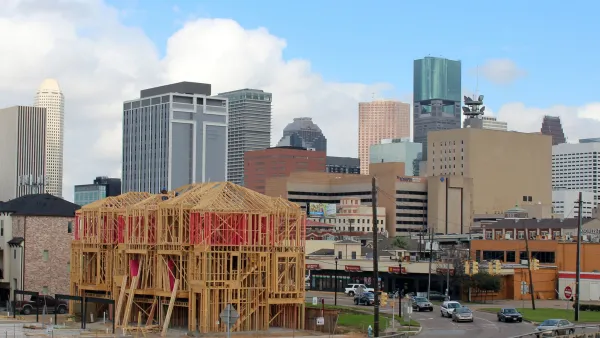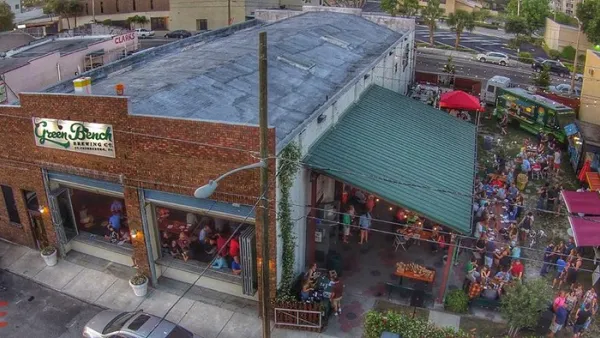Before 20th century urban renewal programs, U.S. cities were often overcrowded fire hazards and breeding grounds for tuberculosis and other airborne diseases. However, many of these programs also did severe damage. Is there a better way?
Nothing provides perspective like travel. China has some of the most dense cities in the world. Jim Chappell, former Executive Director of the San Francisco Planning and Urban Research think tank, recently took a trip to China. He was envious of the free civic museums in each Chinese city, which explained and documented the planning and development history of the city. He was also reminded that urban renewal, now a phrase with a strong negative connotation—so much so that the repeal of California's redevelopment law was welcomed from many corners—had its origin in real urban problems. Yet urban renewal, and its heir, redevelopment, created its own problems. Writes Chappell:
A few days in Asia and a few hours in the Hong Kong Museum of History reminded me that the issues urban renewal was addressing were also very real in America, as they were in Hong Kong. The problems with urban renewal cannot be dismissed as simply “racism” on the part of the elites or arrogance on the part of planning professionals. The problems they were addressing, including disinvestment and capital flight from cities, were difficult and complex. We don’t live in fear of massive urban fires or pestilence. It probably is really not necessary to wear a mask. But in the process, we destroyed vibrant communities and created a legacy of sorrow and dysfunction that permeates neighborhoods of our cities.
For more of Chappell's thoughts on urban renewal here and in China, please see the source article.
FULL STORY: Why we had Urban Renewal

National Parks Layoffs Will Cause Communities to Lose Billions
Thousands of essential park workers were laid off this week, just before the busy spring break season.

Retro-silient?: America’s First “Eco-burb,” The Woodlands Turns 50
A master-planned community north of Houston offers lessons on green infrastructure and resilient design, but falls short of its founder’s lofty affordability and walkability goals.

Delivering for America Plan Will Downgrade Mail Service in at Least 49.5 Percent of Zip Codes
Republican and Democrat lawmakers criticize the plan for its disproportionate negative impact on rural communities.

Test News Post 1
This is a summary

Test News Headline 46
Test for the image on the front page.

Balancing Bombs and Butterflies: How the National Guard Protects a Rare Species
The National Guard at Fort Indiantown Gap uses GIS technology and land management strategies to balance military training with conservation efforts, ensuring the survival of the rare eastern regal fritillary butterfly.
Urban Design for Planners 1: Software Tools
This six-course series explores essential urban design concepts using open source software and equips planners with the tools they need to participate fully in the urban design process.
Planning for Universal Design
Learn the tools for implementing Universal Design in planning regulations.
EMC Planning Group, Inc.
Planetizen
Planetizen
Mpact (formerly Rail~Volution)
Great Falls Development Authority, Inc.
HUDs Office of Policy Development and Research
NYU Wagner Graduate School of Public Service





























